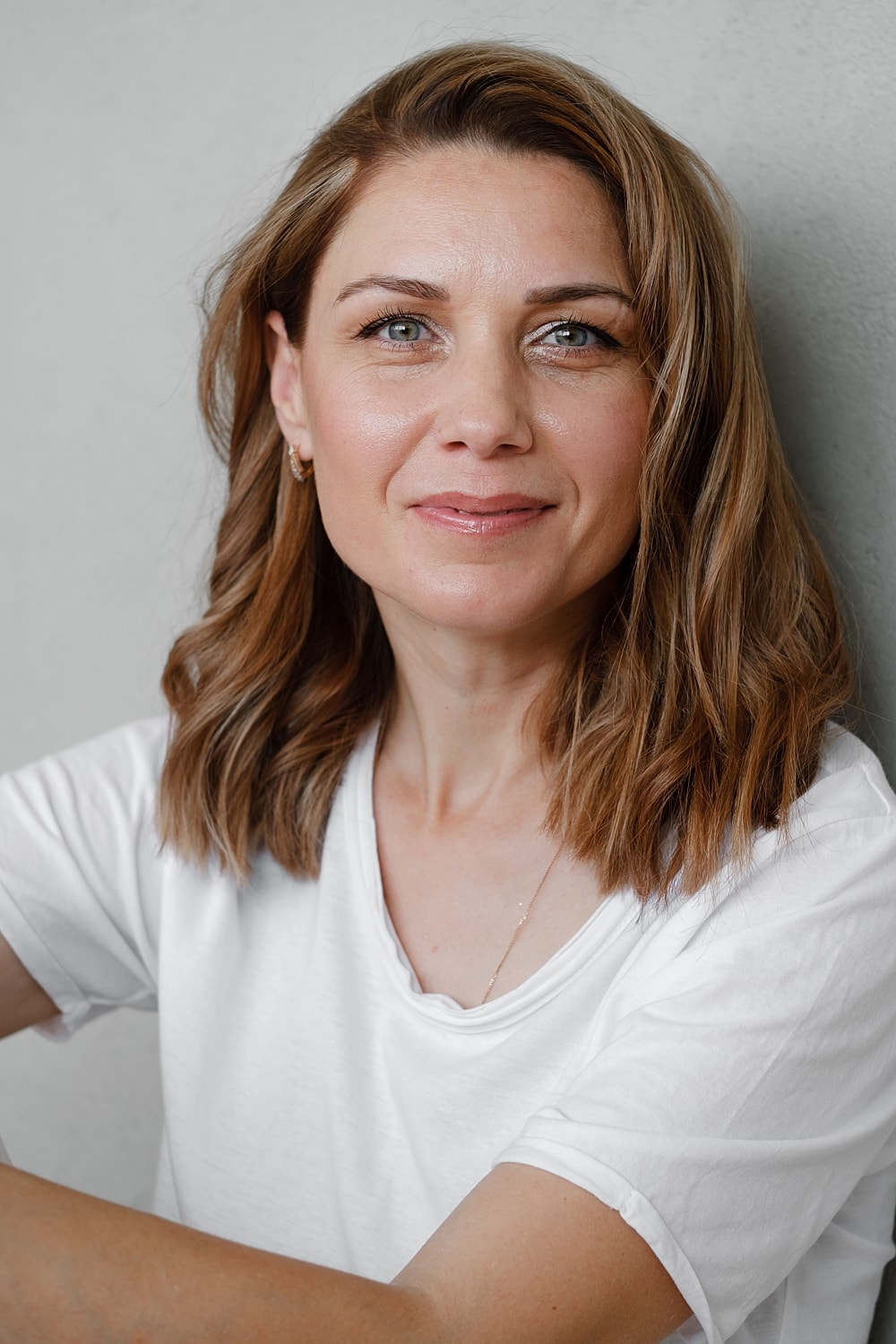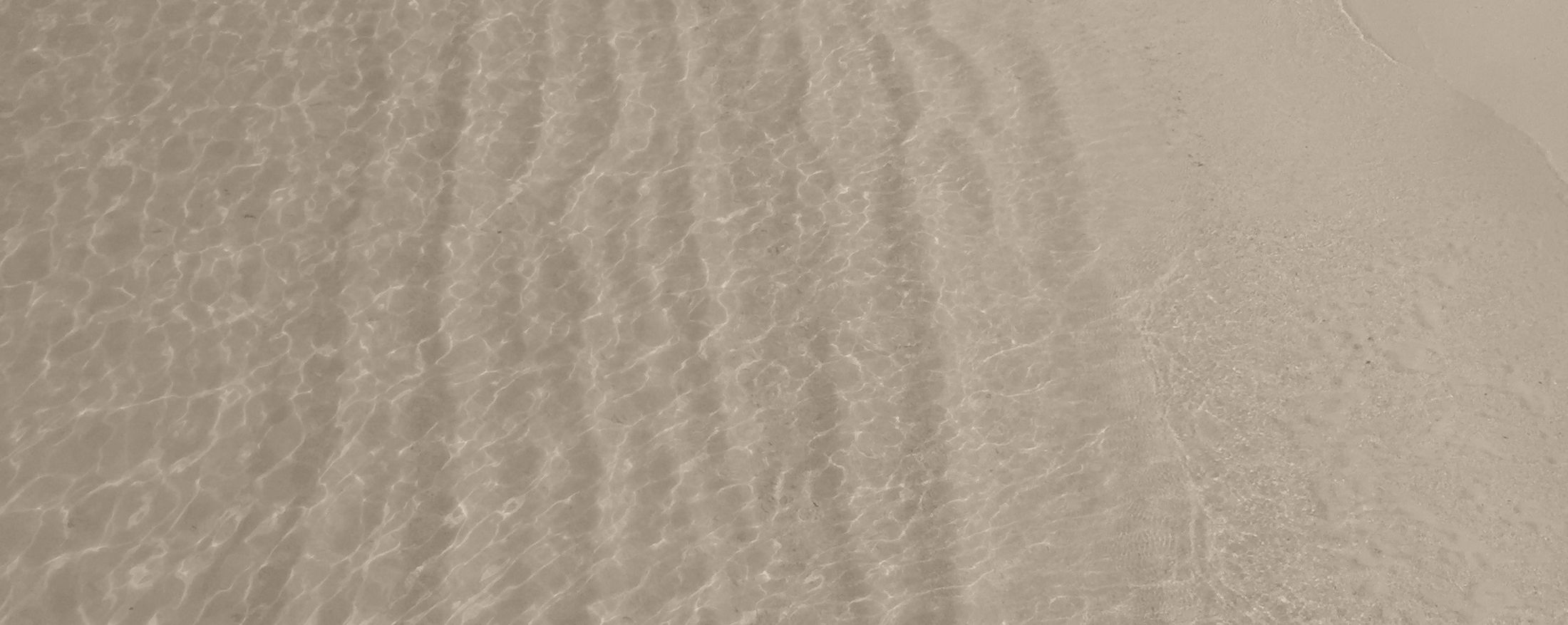



There’s a moment, for many people, when aging stops being abstract. It’s not the first fine line or the birthday that ends in a zero. It’s smaller, almost imperceptible. A change in how your face holds expression. The cheeks that don’t lift quite as high when you smile. The skin near your jaw that feels looser in photos. You still look like yourself, but the spark you once had is starting to die off.
For years, the reflex was simple: pull the skin tighter. Traditional facelifts followed that logic. More tension, more smoothness, more youth. But what surgeons eventually learned in time is that the skin was never the problem. The real story of facial aging plays out deeper, in the muscles and connective layers that subtly slip over time.
The deep plane facelift was born out of that realization. It works beneath the surface, restoring the deeper structures that hold expression and volume in place. Instead of stretching the outer layer, it releases and repositions what’s underneath, the deeper tissues that give the face its shape. The result is a version of yourself that you remember before gravity joined the conversation.
At Coastline Plastic Surgery in Newport Beach, this deep plane approach has become something of a signature. Not because it’s dramatic, but because it isn’t. Patients come in asking for “natural results,” a phrase that’s almost lost its meaning after years of overfilled cheeks and airbrushed before-and-afters. But here, natural doesn’t mean untouched. It means believable. A revitalized appearance that looks like you moved the hands of the clock back yourself.
The deep plane approach doesn’t erase every line or lift every angle. If it did, the results wouldn't be realistic. It does, however, rebuild the foundation so the surface layers of the face can relax again. Soft, mobile, alive.
A facelift is often seen as the ultimate fix. The standard for redefining contour and lifting sagging skin. It repositions the deeper layers of tissue that have shifted with time, bringing the neck, jawline, and lower face back into focus. It’s the work of structure: muscles, fat pads, and ligaments, all restored to their original composition.
But no matter how refined the surgical outcome, skin texture still tells its own story. Years of sun exposure, hormonal changes, and natural collagen loss show up as pigmentation, uneven texture, and fine lines that surgery can’t touch. The frame may be new, but the canvas still carries the evidence of light, weather, and time.
That’s where laser skin resurfacing steps in, not as an add-on, but as the natural next step. It smooths and clarifies the skin’s surface, fading acne scars, minimizing wrinkles, and helping reduce the subtle roughness that dulls reflection. When these two procedures work in tandem, the result is coherence. A face that feels complete from every angle.


If you watch a facelift being performed (which many people don’t like to do, for obvious reasons) what you see is choreography. Every movement has intention. The plastic surgeon doesn’t pull; they release. The deeper tissues are freed from the small tethering points that drag the face downward with time. Then, carefully, they’re lifted and re-anchored where they once were.
The deep plane facelift lifts the deeper structural layers together: the superficial musculoaponeurotic system, the connective tissue, and the ligaments that support the cheeks. This is where structure and emotion live. Correct it here, and you correct the whole expression.
It’s a slower, more deliberate process; the difference between editing and rewriting. The incision may be similar to other facial plastic surgery procedures, but the internal work is entirely different. It’s a technique that demands precision and patience, requiring a double board-certified surgeon with an intuitive grasp of facial anatomy.
For patients, that difference is visible in the smallest details:
Older facelift styles often relied on superficial methods of pulling just the skin on the surface taut, which flattened the midface and made the skin shine unnaturally under light. Instead of smoothing out the signs of aging, traditional facelifts would effectively erase all signs that you've lived a life full of emotion. You'd go in expecting to look effortlessly refreshed, but you'd leave with a face that's overly tight with not a single memory of smiles, frowns, or excitement. These older techniques are the reason traditional facelifts get a bad reputation for leaving people looking like they've had work done. Not a natural expression in sight.
The deep plane facelift technique moves differently. Because it repositions the deeper tissues as a unit, the surface settles on its own. The skin remains soft, supple, and expressive. This is why the deep plane facelift is preferred over traditional outcomes. It doesn't give you exaggerated youth, but coherence. It restores youthful contours without erasing the gentle markers that make a face interesting. You'll actually recognize the face in the mirror and all of the special moments that make you who you are, while still looking over a decade younger. Patients no longer have to sacrifice one or the other.
As one surgeon put it, “We're not going into the procedure with the aim of tightening beyond belief; we just want the face to breathe again.”


What it changes:
What it doesn’t:
In short, it gives structure back to a face that’s lost it and lets everything else remain. That's how you get natural-looking results without being overly tight.
Aspect |
Deep Plane Facelift |
Traditional Facelift |
Focus Area |
Lifts deeper tissues (SMAS + connective layers) |
Primarily tightens skin |
Results |
Natural-looking results that age gracefully |
Can appear overly tight or flat |
Longevity |
Long-lasting results (10–15 years) |
Moderate; skin tension can fade faster |
Expression |
Preserved and dynamic |
Occasionally restricted |
Ideal For |
Midface descent, sagging skin, neck laxity |
Surface-level laxity, early aging |
The advancement of the deep plane facelift isn't meant to be a competition about traditional facelifts vs. modern techniques. It’s an evolution. A correction to years of misunderstanding how faces age.

People are rethinking what it means to look “done.” Over the past decade, facial aesthetics have shifted toward authenticity instead of perfection. Fillers are being dissolved, filters are falling out of favor, and subtlety is finally fashionable again.
In that cultural moment, the deep plane facelift makes perfect sense as the new gold standard. It aligns with the modern idea that aging gracefully doesn’t mean resisting time, but editing how it shows up.
At Coastline Plastic Surgery, most patients who choose this procedure say the same thing: they want to look how they feel. Younger, more balanced. The deep plane facelift allows for that. A lift that radiates confidence.
It’s also the reason the deep plane facelift has quietly replaced traditional facelifts among patients who value subtlety. They’re not chasing “before and after.” They’re chasing continuity.
Because the deep plane facelift operates near the deeper structural layers and retaining ligaments, it requires a level of precision few procedures demand. Surgeons who perform it regularly talk about the rhythm of it — releasing the ligaments, the feel of the underlying tissues realigning.
This is why experience matters. A reconstructive surgeon or board-certified plastic specialist with a deep understanding of facial structure can read the face like a map. Where to lift, where to leave alone, how to support the new contours so they hold.
At Coastline Plastic Surgery, that fluency defines the work. Every movement is informed by restraint. Tightening skin is only one aspect of the deep plane technique. Balancing proportion and restoring youthful contours are just as important.


Because the deep plane facelift rebuilds from the deeper tissues of the superficial musculoaponeurotic system, the results endure. Ten years, sometimes longer, aging naturally along with the patient. The skin stays soft. The jawline and neck hold shape. The youthful contours remain visible but never exaggerated.
And unlike fillers or mini lifts, which require frequent maintenance, this is one procedure designed for longevity. You don’t have to keep chasing your own reflection.
In the end, the deep plane facelift focuses on coming back into alignment with yourself in a way that traditional facelifts simply can't. They remove the visual noise that makes you feel out of step with how you actually live.
Where surgeons explain results in aesthetic terms, patients typically describe them in emotional ones: “I feel like myself again,” "I love seeing what I see in reflections now." That’s the subtle power of going deeper. When the deeper structures are restored, everything else, expression, confidence, ease, follows naturally.
There’s no need for extremes. Just proportion, balance, and a face that moves the way it was always meant to.